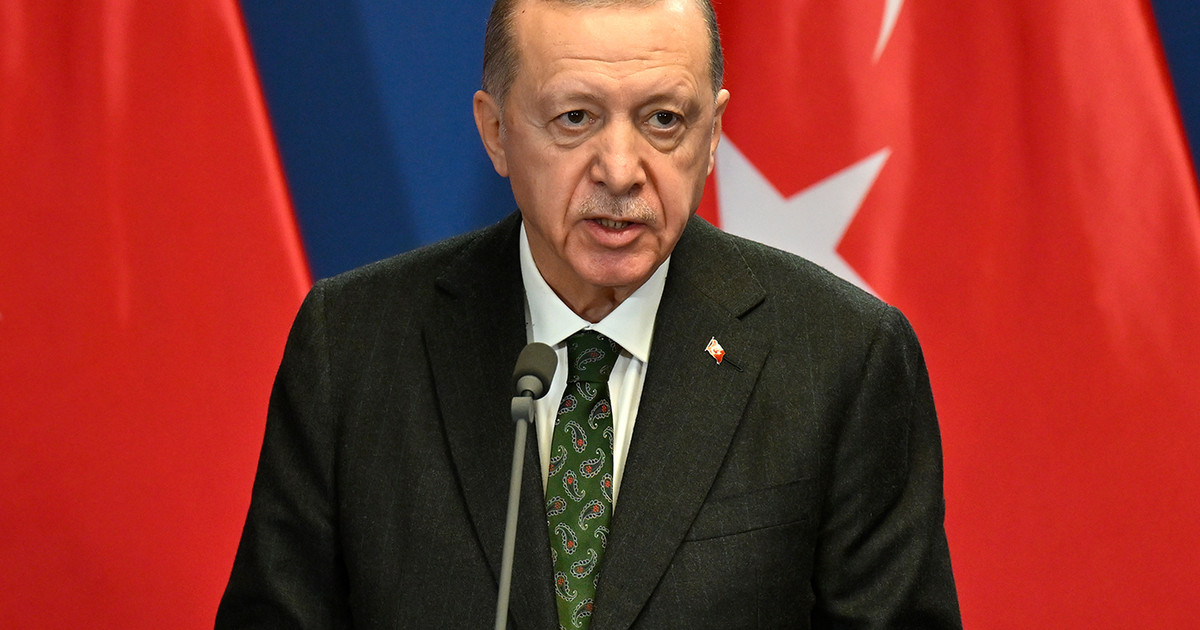O Ipiranga museum , in São Paulo, reopens to the public on Thursday (8), after nine years closed for extensive renovation and revitalization. The return of space to the cultural scene of the capital of São Paulo takes place in the context of the celebrations of the Bicentennial of Independence .
On the holiday of September 7, there will be a symbolic opening of the space, which will receive students from public and municipal schools and professionals involved in the recovery project. The next day, the museum welcomes the public again with the opening of 11 permanent exhibitions.
Visitors will find a collection different from the one on display before closing with 3,700 items, most of which have never been seen before. More than 350 pieces received multisensory treatment, which will allow tactile and olfactory interactions, such as environments with smells, in addition to material in Braille.
The objects date back to the 19th and 20th centuries, with some older items dating back to colonial Brazil. There are paintings, sculptures, coins, textual documents, photographs, objects in fabric and wood and two large scale models.
“The Ipiranga Museum was seen as a museum for the elites, because that’s what made it visible in the exhibitions for a long time,” says Vânia Carneiro de Carvalho, general coordinator of the exhibition design and implementation project.
According to Vânia, the revitalization of the museum also marks a new phase of curatorship.
Collections tell the story of society
The exhibitions will be divided into two axes “To Understand Society”, which brings together six exhibitions on Brazilian society and historical processes, and “To Understand the Museum”, with five areas dedicated to the backstage of the institution.
Scheduled to open in November, the temporary exhibition “Memories of Independence” focuses on the historical and social events associated with the theme.
The classic works of the Ipiranga Museum can be seen in the exhibition “Uma História do Brasil”. The painting Independência ou Morte, by Pedro Américo is the main attraction of the space that starts at the monumental axis, crosses the lobby and the staircase of the Noble Hall.
Sculptures and paintings portray the pioneers from a reflective perspective, proposed by the curatorship guided by Paulo Garcez Marin, researcher and professor at the museum. Explanatory texts discuss different issues behind the representations of the bandeirantes.
The history of art and the forms of representation within certain artistic genres gain space in the “Imaginary Past” exhibition. Reflections proposed by the curation team lead visitors to think about the contexts in which the works were created.
The exhibitions “Territories in Dispute” and “Worlds of Work” present relics and objects that help to contextualize the organization of society over time. The exhibitions present a journey into the past revealing common professions in ancient Brazil and how technology has evolved over time.
The museum’s backstage is revealed in exhibitions that explain how the knowledge presented was produced, demystifying the idea that there is an absolute truth when talking about History.
The process that describes the work of the organizers of a collection, called the curatorial cycle, is described in detail with the aim of bringing the viewer closer to the concepts behind the consolidation of the work in the museum.
Coins, medals, crockery and even toys are part of the exhibitions of the “To Understand the Museum” axis, which addresses the process of collection, cataloguing, restoration and exhibition.
How to visit the Ipiranga Museum
The Ipiranga Museum will reopen to the public from Tuesday to Sunday, from the 8th of September. From September 8 to 11, it will be open from 11 am to 4 pm; then from 12pm to 6pm.
Visits can be made free of charge until the 6th of November, after prior appointment at the siteavailable from this Monday (5).
*With information from Valentina Moreira, from Jornal da USP.
Source: CNN Brasil






